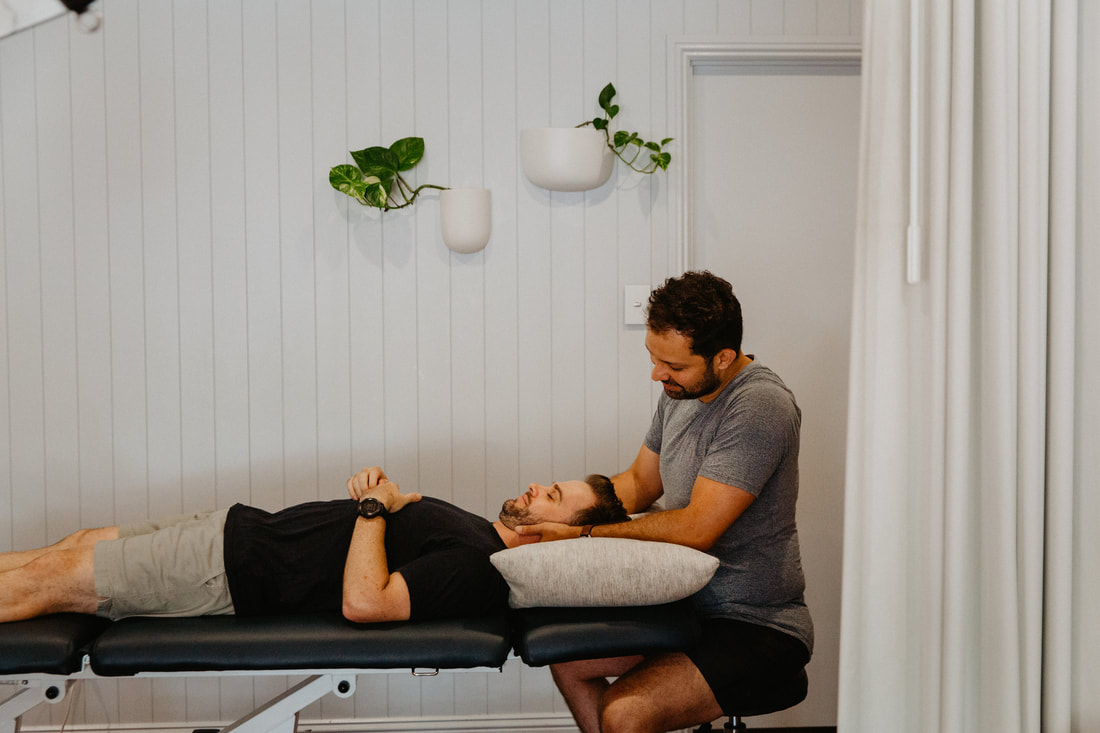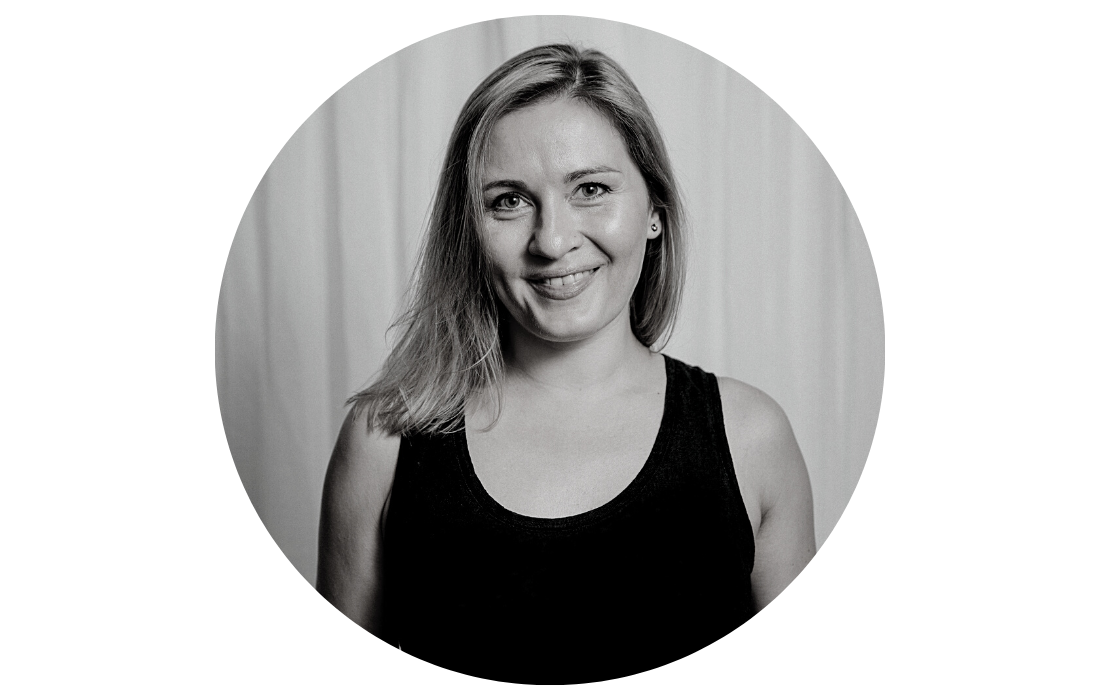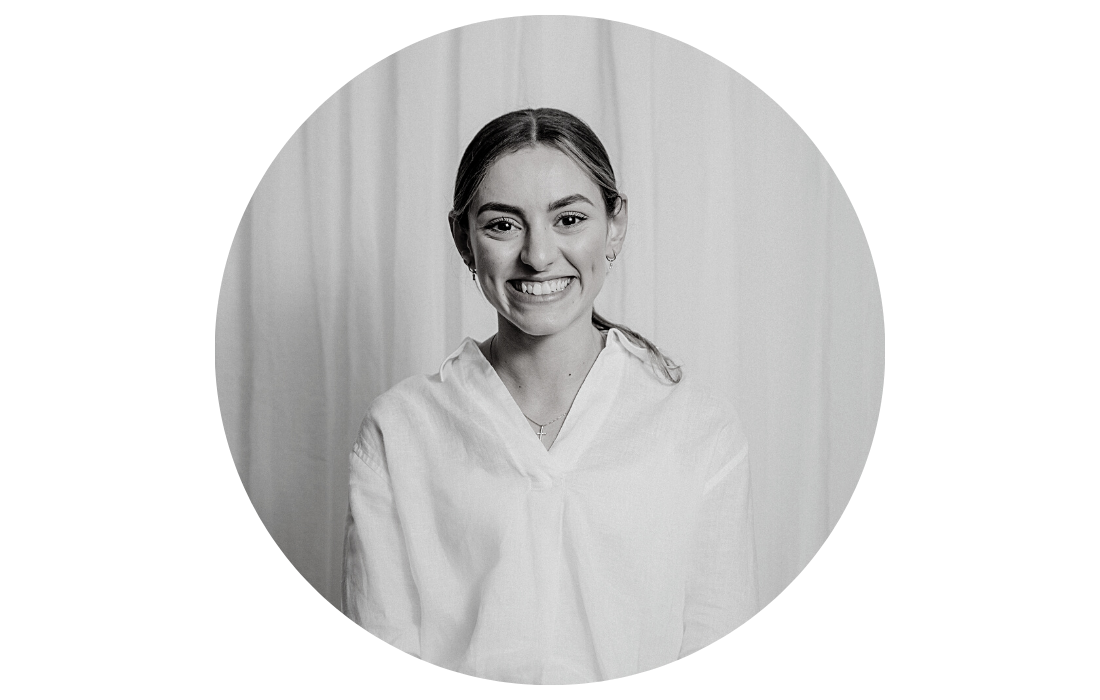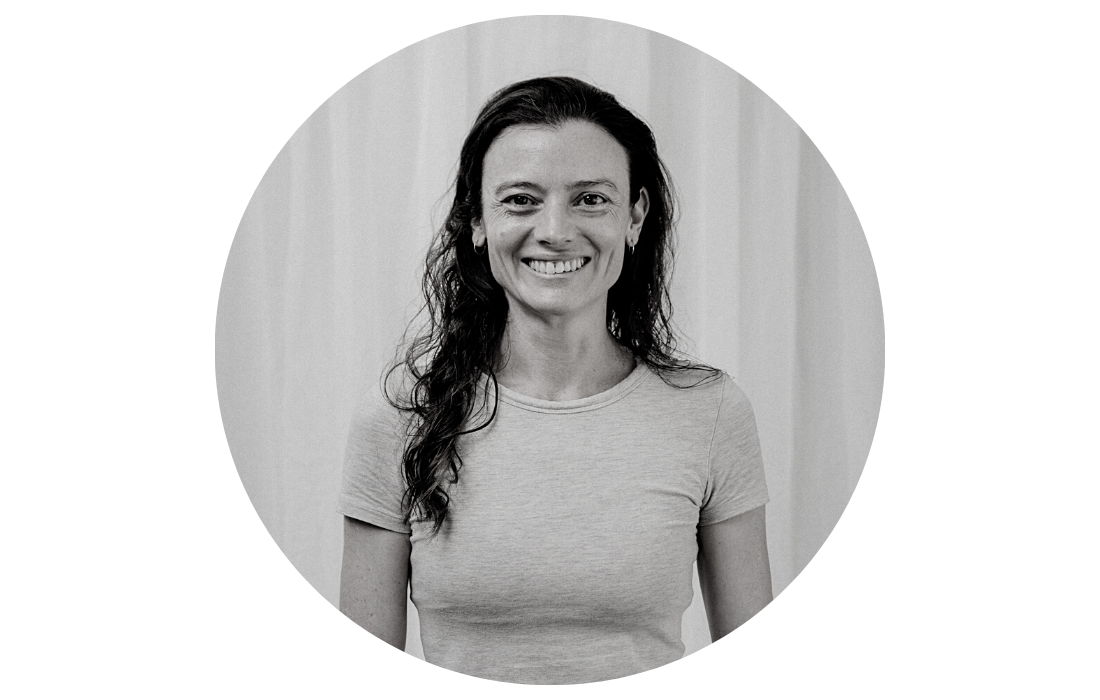Physiotherapy for Healthy Aging Brisbane Southside.
What is Age-Related Muscle Weakness and Deconditioning?
Age-related muscle weakness and deconditioning, or frailty are common issues that many people experience as they get older. These two factors often go hand in hand and can significantly impact a person's overall health and quality of life. Here's an overview of each of these conditions:
Age-Related Muscle Weakness:
Deconditioning:
What are the strategies to counteract Age-Related Muscle Weakness and Deconditioning?
How can physiotherapy help with Age-Related Muscle Weakness and Deconditioning?
Physiotherapy can play a crucial role in addressing age-related muscle weakness and deconditioning by providing targeted interventions to improve muscle strength, mobility, and overall physical function. Here's how physiotherapy can help:
How can Pilates help with Age-Related Muscle Weakness and Deconditioning?
Pilates can be an effective exercise method for addressing age-related muscle weakness and deconditioning. Pilates focuses on core strength, flexibility, balance, and overall body awareness, making it particularly beneficial for older adults. Here's how Pilates can help:
If you or a loved one has questions about Age-Related Muscle Weakness and Deconditioning and how our physiotherapists might be able to help please call us on 07 3706 3407 or email [email protected]. We would love to work with you!
Age-related muscle weakness and deconditioning, or frailty are common issues that many people experience as they get older. These two factors often go hand in hand and can significantly impact a person's overall health and quality of life. Here's an overview of each of these conditions:
Age-Related Muscle Weakness:
- Sarcopenia: Sarcopenia is a medical term used to describe the age-related loss of muscle mass and strength. It typically begins in middle age and progresses with advancing years. Several factors contribute to sarcopenia, including hormonal changes, decreased physical activity, and poor nutrition.
- Muscle Fibre Changes: With aging, there is a reduction in the number and size of muscle fibres, particularly fast-twitch muscle fibres responsible for explosive movements.
- Neuromuscular Changes: Age-related changes in the nervous system can lead to a decline in the ability to recruit muscle fibres effectively, resulting in reduced muscle strength.
- Hormonal Changes: Changes in hormone levels, such as a decrease in testosterone in men and oestrogen in women, can also contribute to muscle weakness.
Deconditioning:
- Deconditioning occurs when a person becomes physically less fit or conditioned due to a lack of physical activity or exercise. This can happen at any age but becomes more common as people get older.
- Inactivity: A sedentary lifestyle, which often becomes more prevalent in older adults, can lead to muscle deconditioning. When muscles are not regularly used or challenged, they lose strength and endurance.
- Reduced Cardiovascular Fitness: Deconditioning also affects cardiovascular fitness, making it harder for the heart and lungs to perform their functions efficiently.
What are the strategies to counteract Age-Related Muscle Weakness and Deconditioning?
- Exercise: Regular strength training exercises, such as resistance training and weightlifting, can help increase muscle mass and strength. Cardiovascular exercises like walking, swimming, or cycling can improve cardiovascular fitness. A well-rounded exercise program can combat both muscle weakness and deconditioning.
- Proper Nutrition: A balanced diet rich in protein, vitamins, and minerals is essential for maintaining muscle health. Adequate protein intake is particularly important for muscle maintenance and repair.
- Stay Active: Incorporating physical activity into daily life, such as walking, gardening, or dancing, can help maintain muscle strength and reduce the risk of deconditioning.
- Consult a Healthcare Provider: If you're experiencing significant muscle weakness or deconditioning, it's essential to consult with a healthcare provider. They can assess your specific situation and provide guidance on appropriate interventions or therapies.
- Medications and Hormone Replacement Therapy: In some cases, healthcare providers may recommend medications or hormone replacement therapy to address specific underlying causes of muscle weakness.
How can physiotherapy help with Age-Related Muscle Weakness and Deconditioning?
Physiotherapy can play a crucial role in addressing age-related muscle weakness and deconditioning by providing targeted interventions to improve muscle strength, mobility, and overall physical function. Here's how physiotherapy can help:
- Assessment and Evaluation: Physiotherapists will assess your current physical condition, including muscle strength, joint mobility, balance, and posture. They will also consider any underlying medical conditions or injuries that may be contributing to your muscle weakness and deconditioning.
- Tailored Exercise Programs: Physiotherapists design customised exercise programs that are specific to your needs and abilities. These programs typically include strength training exercises that target weak muscles, flexibility exercises to improve joint mobility, and balance exercises to reduce the risk of falls.
- Progressive Resistance Training: Physiotherapists may incorporate progressive resistance training into your program, which involves gradually increasing the resistance or load to challenge your muscles and stimulate muscle growth. This can help combat age-related muscle loss (sarcopenia).
- Functional Training: Physiotherapists focus on improving your ability to perform daily activities and tasks. They may use functional exercises that mimic real-life movements to enhance your overall functional capacity.
- Pain Management: If pain is a barrier to exercise, physiotherapists can provide pain management techniques such as manual therapy, modalities like heat or ice, and advice on proper body mechanics during exercise.
- Balance and Coordination Training: Falls are a significant concern for older adults. Physiotherapists can work on balance and coordination exercises to reduce the risk of falls and fractures.
- Education: Physiotherapists educate patients on the importance of maintaining an active lifestyle and provide guidance on safe and effective exercise techniques. They may also offer advice on nutrition and lifestyle changes to support muscle health.
- Monitoring Progress: Regular follow-up appointments with a physiotherapist allow for ongoing assessment and adjustments to the exercise program as your strength and fitness improve.
- Assistive Devices and Mobility Aids: If necessary, physiotherapists can recommend and provide training on the use of assistive devices or mobility aids that may improve mobility and safety.
- Fall Prevention: Falls can have serious consequences for older adults. Physiotherapists can assess your risk of falling and provide strategies and exercises to reduce this risk.
- Pain Reduction: If age-related muscle weakness and deconditioning are associated with pain, physiotherapists can use various techniques, such as manual therapy, to alleviate pain and improve function.
How can Pilates help with Age-Related Muscle Weakness and Deconditioning?
Pilates can be an effective exercise method for addressing age-related muscle weakness and deconditioning. Pilates focuses on core strength, flexibility, balance, and overall body awareness, making it particularly beneficial for older adults. Here's how Pilates can help:
- Improved Core Strength: Pilates places a strong emphasis on strengthening the core muscles, including the abdominal muscles, lower back muscles, and pelvic floor muscles. A strong core is essential for maintaining proper posture and stability, reducing the risk of back pain, and supporting overall body function.
- Muscle Strengthening: Pilates exercises target various muscle groups throughout the body, including the legs, arms, shoulders, and back. By engaging these muscles through controlled movements, Pilates can help improve overall muscle strength, including muscles that may have weakened due to age-related changes.
- Increased Flexibility: Many Pilates exercises focus on stretching and lengthening the muscles. Improved flexibility can enhance joint mobility and reduce the risk of stiffness and discomfort associated with aging.
- Enhanced Balance and Coordination: Pilates exercises often involve balance challenges, which can help improve stability and coordination. This is especially important for older adults to reduce the risk of falls.
- Mind-Body Connection: Pilates emphasises concentration, breath control, and body awareness. This mind-body connection can help older adults better control their movements, leading to improved coordination and muscle control.
- Low-Impact Exercise: Pilates is generally a low-impact form of exercise, which means it is gentle on the joints. This makes it suitable for individuals with joint issues or those who may be at risk for joint problems due to aging.
- Customisable: Pilates exercises can be adapted to an individual's fitness level and specific needs. A qualified Pilates instructor can tailor the workouts to accommodate any limitations or health concerns.
- Stress Reduction: Pilates incorporates breathing techniques that can help reduce stress and promote relaxation, which can have positive effects on overall well-being.
- Injury Prevention: By improving core strength, posture, and body mechanics, Pilates can reduce the risk of injury during daily activities or other forms of exercise.
- Functional Fitness: Many Pilates exercises focus on functional movements that mimic activities of daily living, such as bending, reaching, and twisting. This can help older adults maintain their independence and perform everyday tasks with ease.
If you or a loved one has questions about Age-Related Muscle Weakness and Deconditioning and how our physiotherapists might be able to help please call us on 07 3706 3407 or email [email protected]. We would love to work with you!
Who to book in with:
Yulia Khasyanova
|
Monica Hanna
|
Emma Cameron
|



